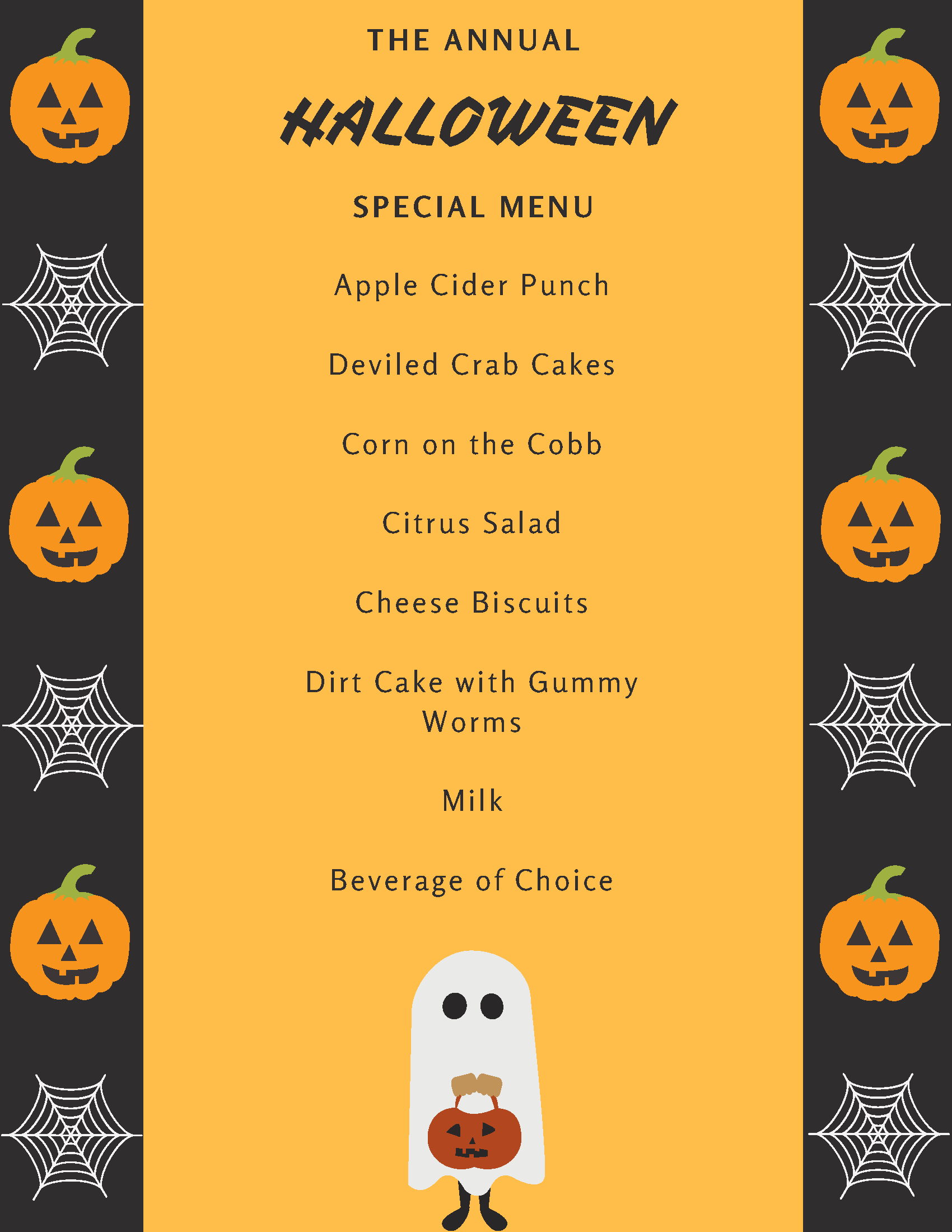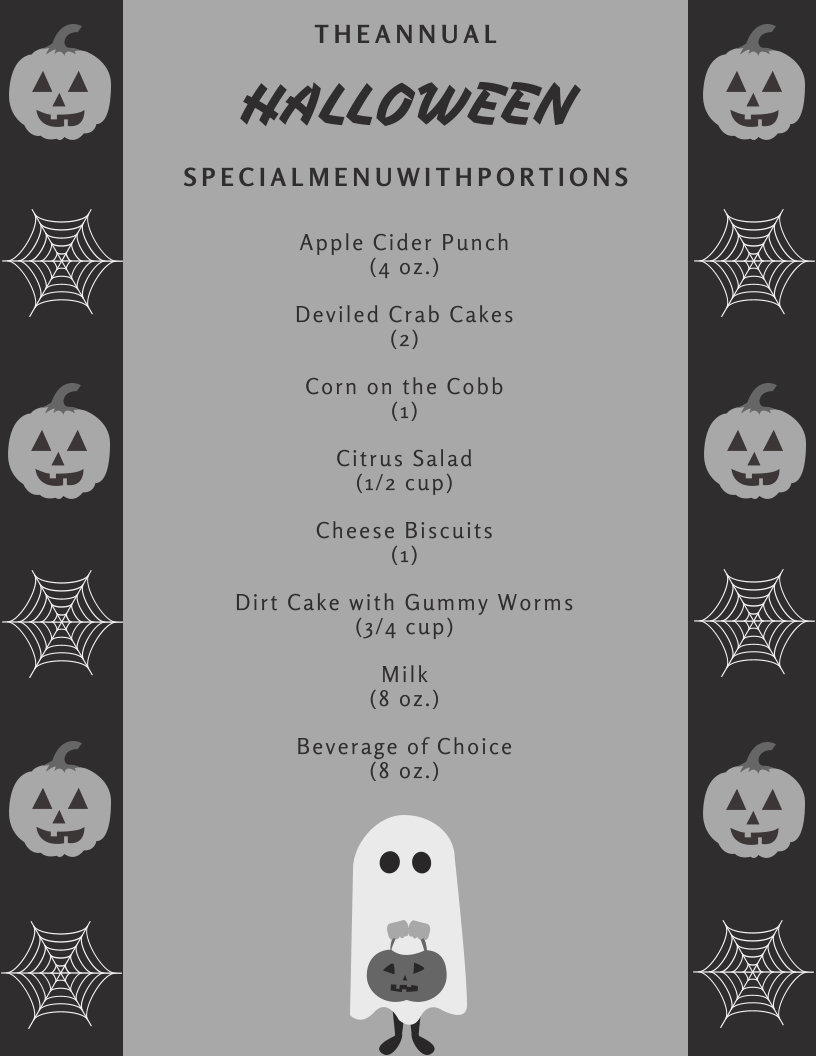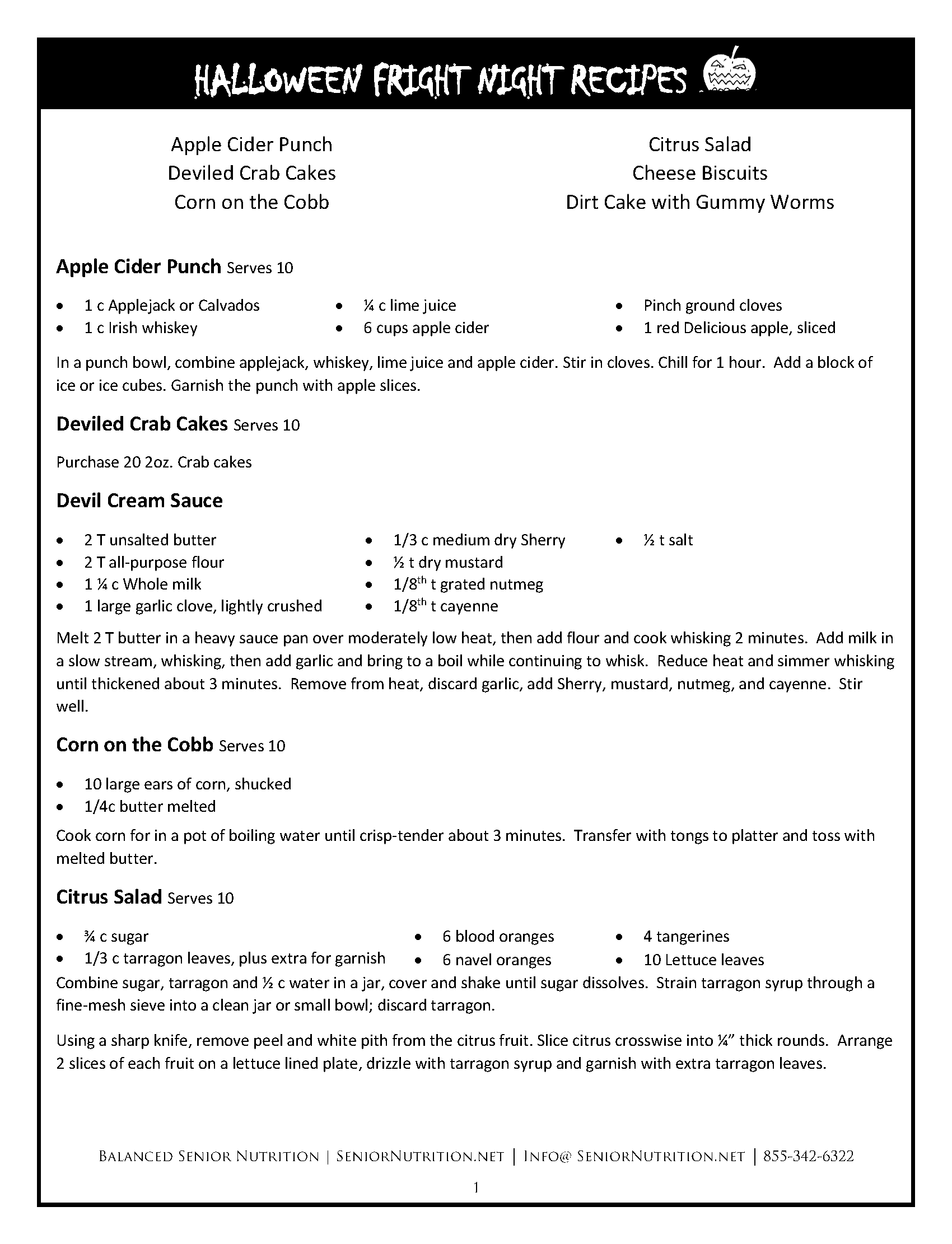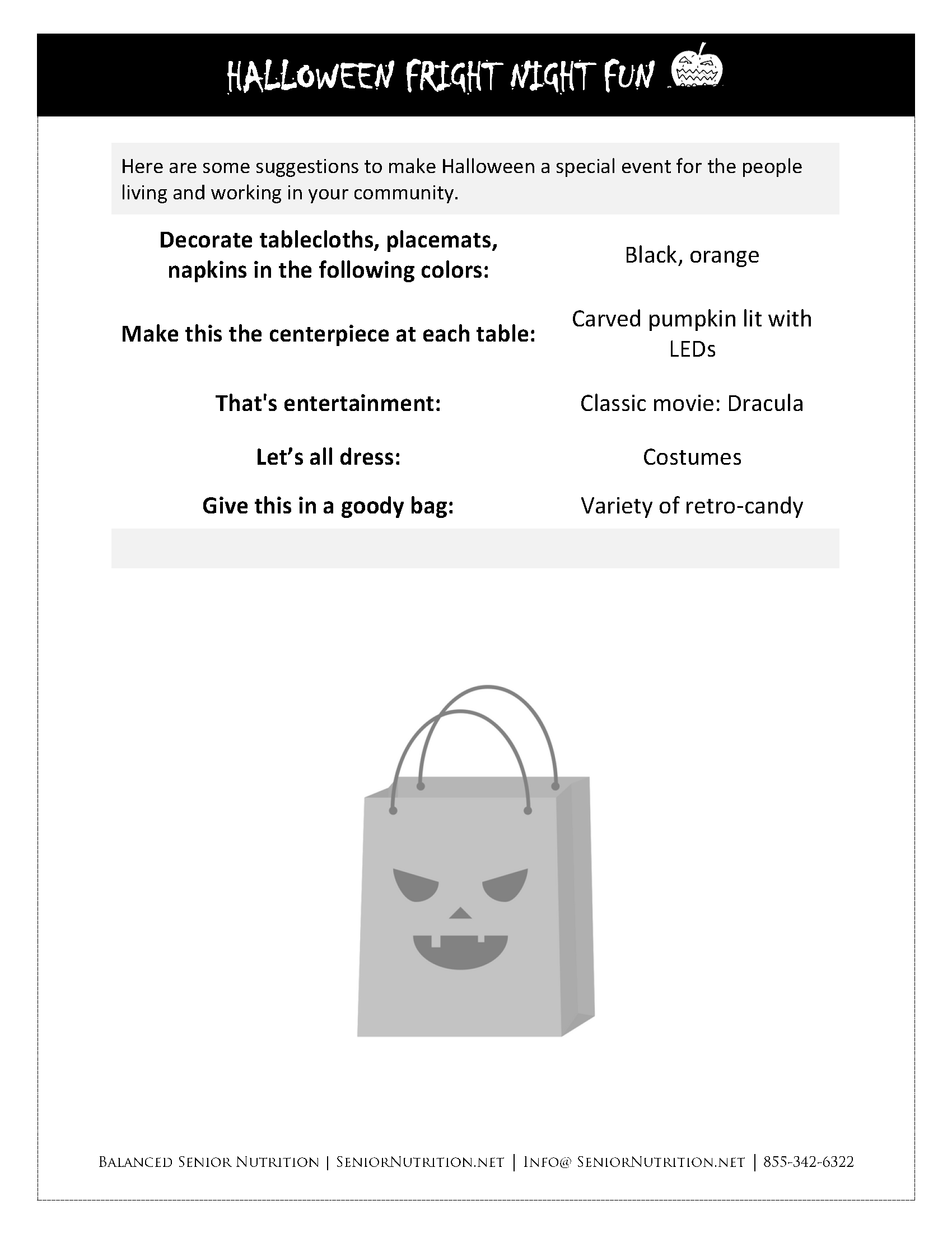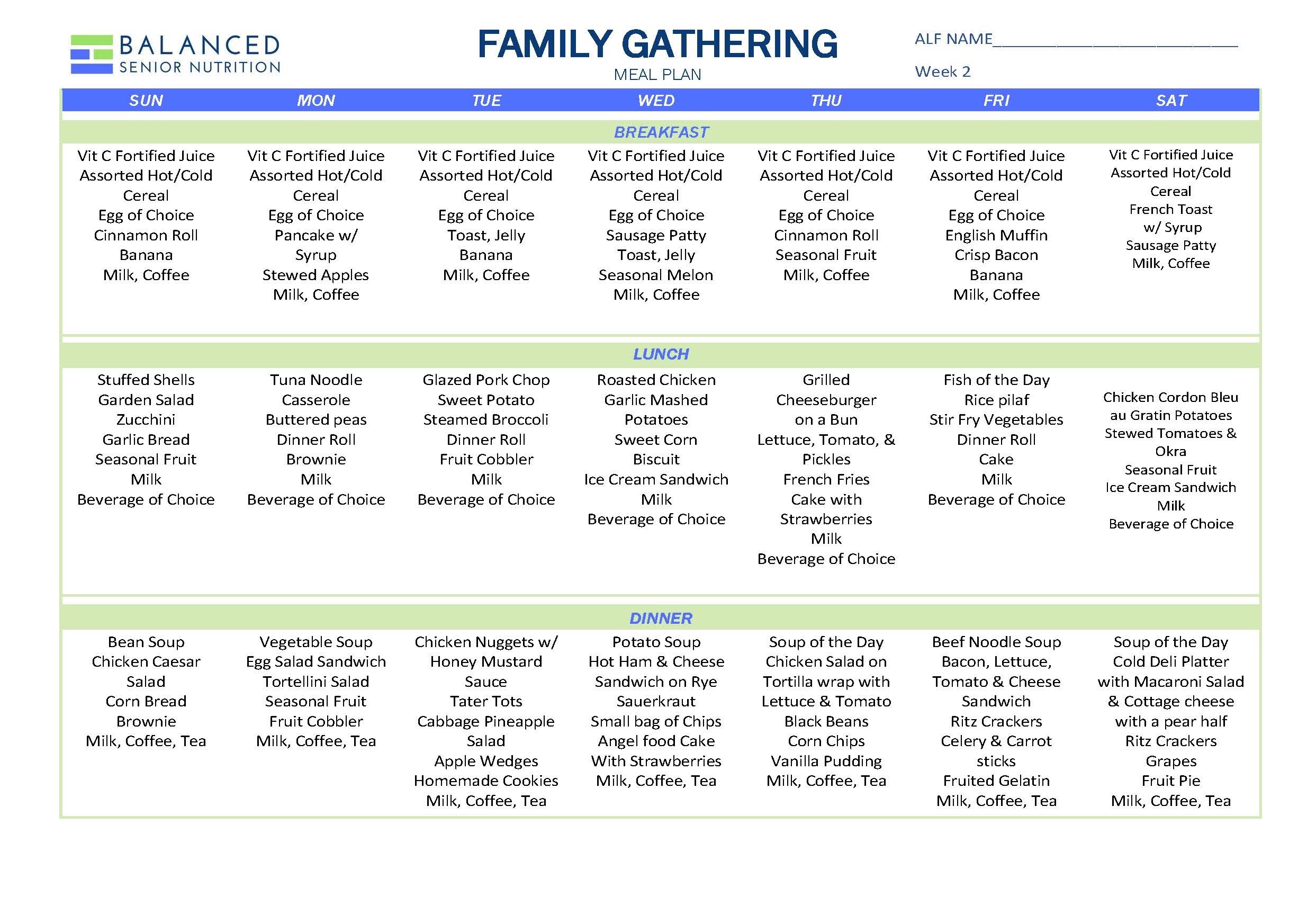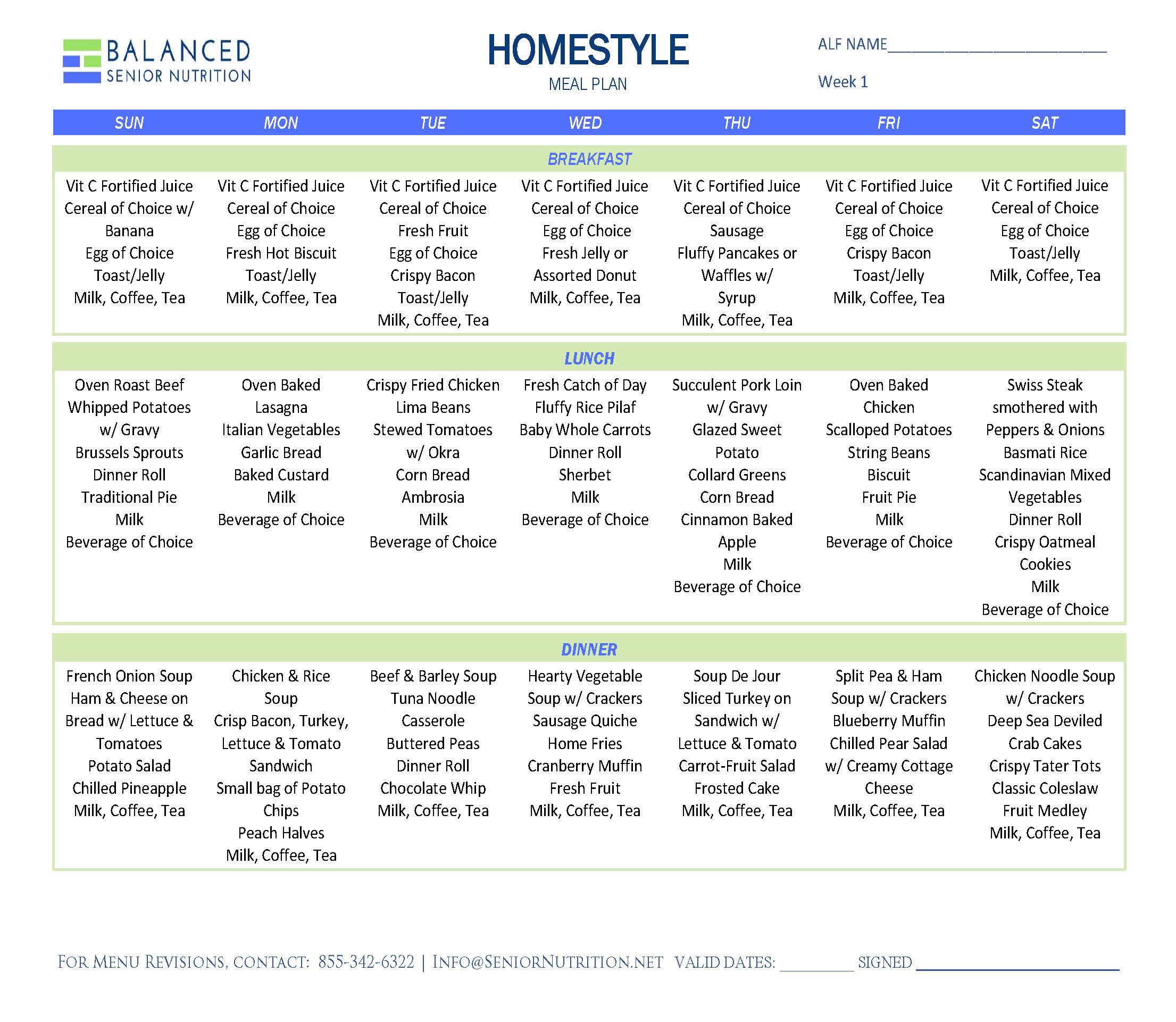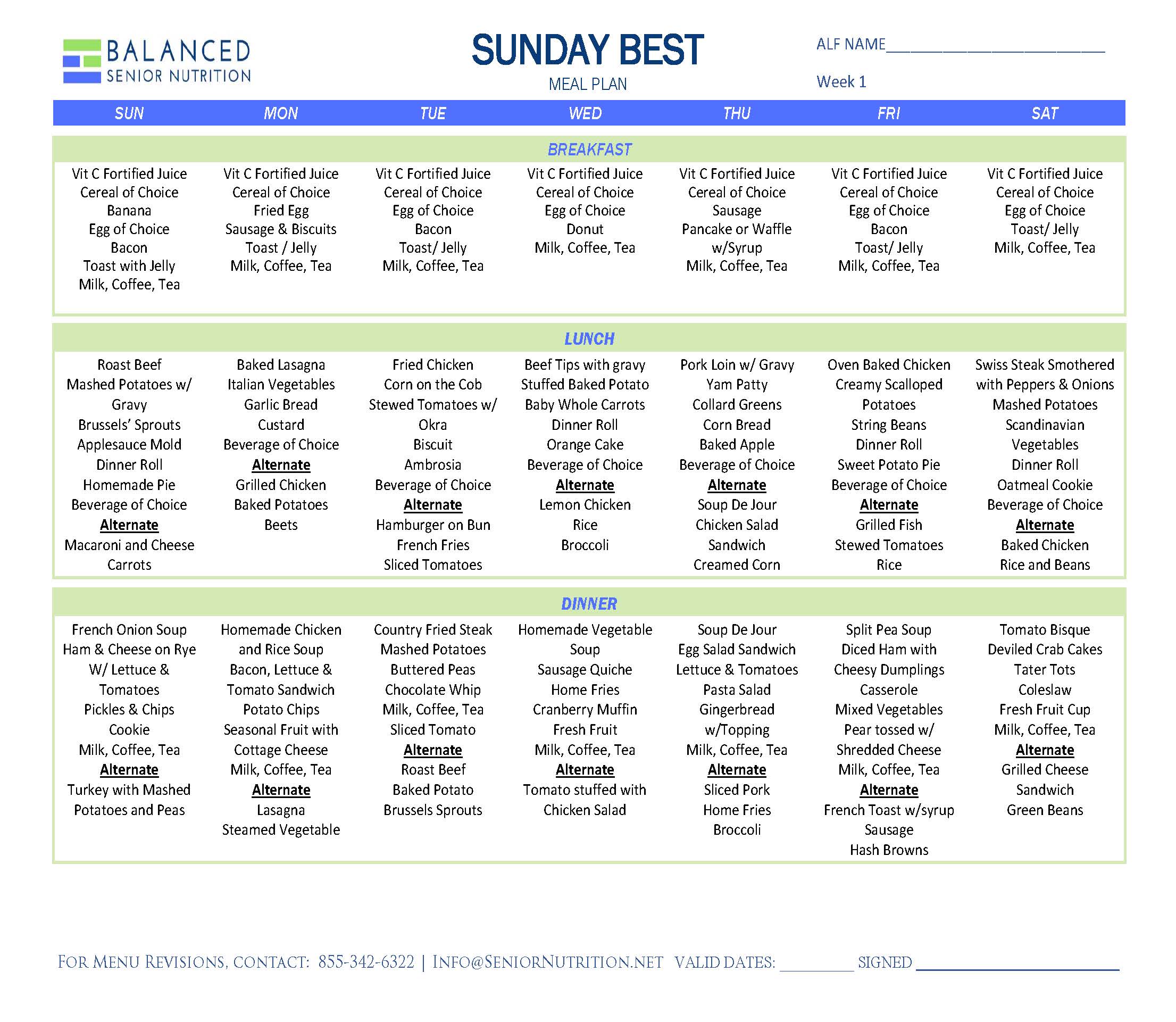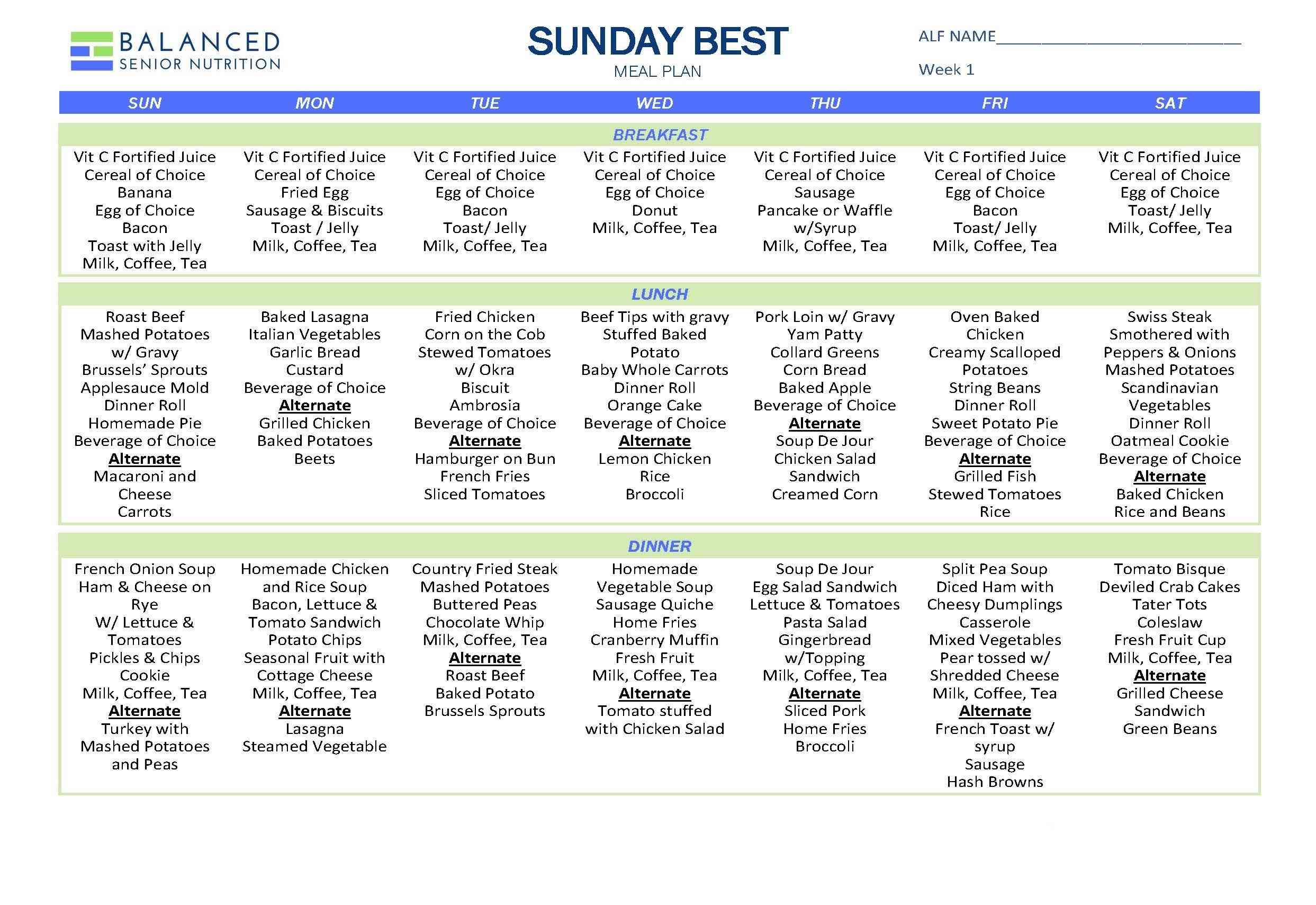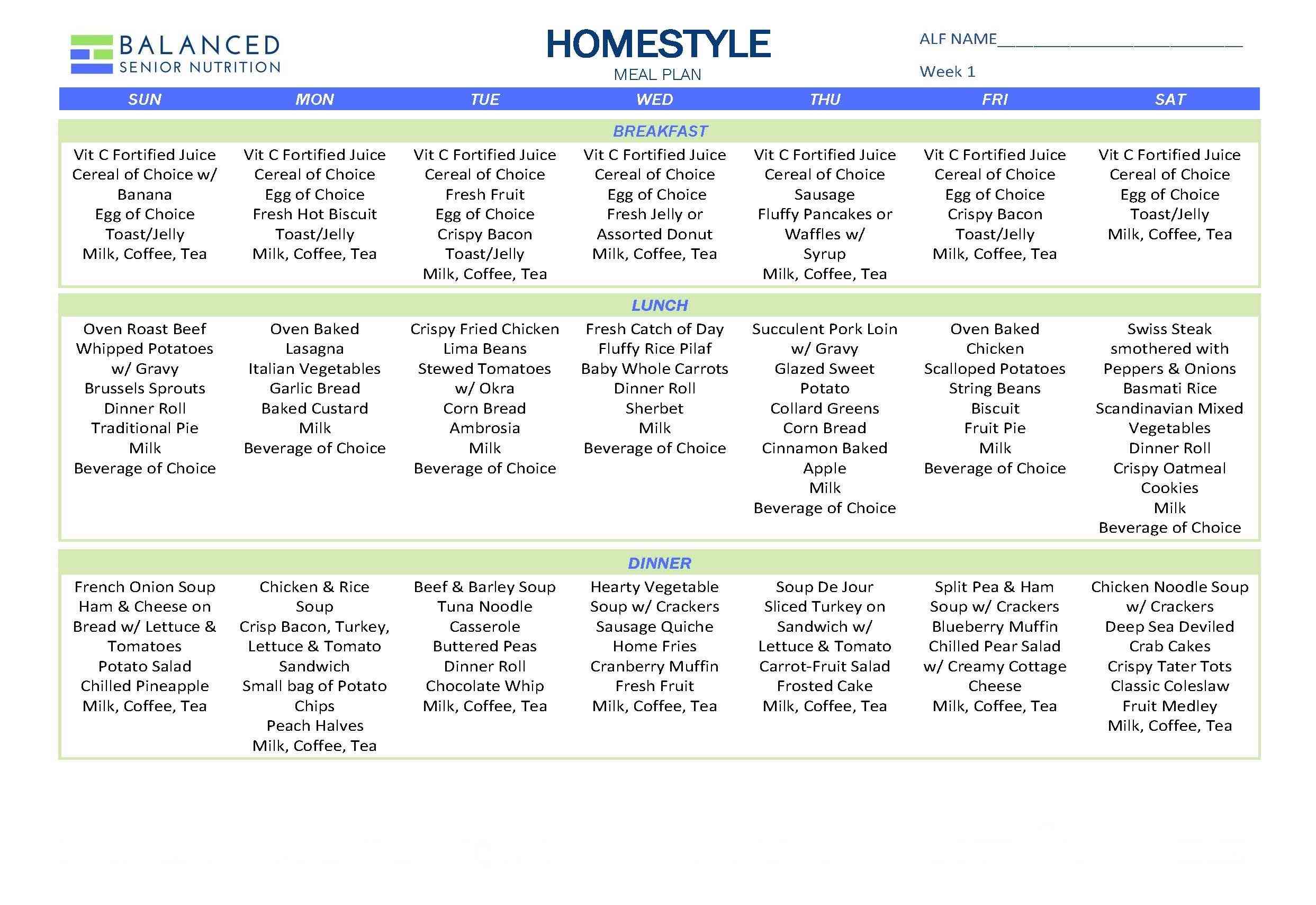
Did you know that March is National Nutrition Month? National Nutrition Month is an education and information campaign about nutrition created by the Academy of Nutrition and Dietetics. The program focuses on the importance of making informed food choices and developing sound eating and physical activity habits.
The slogan for this year is “Savor the Flavor of Eating Right,” which encourages everyone to take the time to enjoy food traditions and appreciate the pleasures, great flavors and social experiences that food can add to our lives. “Eating Right” means “savoring the flavor” of fresh, tasty foods that are creatively prepared and served. It also means “savoring” the social aspects of dining which can be just as important as the meal.
Dining is more than just about the food.
As dietitians, we recognize the joy of eating, the importance of sharing a meal with friends, and the memories that are associated with food. Think of a memorable meal. Why was it so meaningful to you? Was it a gathering of friends and family in which you feasted on your favorite comfort foods made just the way you like them? Or was it something simple like eating a meal at a beautiful table with soothing music playing in the background that made it stand out?
That’s why providing a meaningful dining and snacking experience is such a key part of our jobs. We work hard to listen and act upon the preferences and needs of our residents, while considering health, safety and nutrition concerns.
Here are a few of the health tips from the 2016 handout from the Academy of Nutrition and Dietetics, modified to relate to people living in long-term care communities.
Fix Healthy Snacks
Did you know that people living in long-term care communities may take up to 25% of their caloric intake as snacks? Healthy snacks can sustain energy levels between meals, and provide additional opportunities for nutrient dense foods. Providing healthy snacks is easy; just choose from two or more of the following food groups: protein, dairy, grains, fruits and vegetables. Try cheese with whole grain crackers, hummus with pita bread, cottage cheese with peaches, or any delicious and nutritious combination.
Drink More Water
Some older people may experience a reduced sense of thirst, or they may have difficulty getting something to drink. Maintaining adequate hydration is essential to health and well-being. In the long-term care setting, consider having a beverage cart located in high-traffic areas, so that people can be offered beverages often and provide them easy access to their choice of beverages. Soups, jello, ice chips and fruit can also contribute to overall fluid intake.
Explore New Foods and Flavors
Add more nutrition and eating pleasure by expanding the range of food choices available. Try introducing a fruit, vegetable or whole grain that’s new – like purple cabbage, honey crisp apples, or quinoa. If your budget is tight or if there is limited choice available, try new recipes that put a twist on old favorites such as cheesy mashed potatoes. Blending familiar foods with new flavors is a great way to keep mealtime from growing stale, and can kick start a resident’s appetite.
Cut Back on Added Sugars
Food and drink with added sugar can contribute empty calories and little or no nutrition. Reviewing ingredients on the food label can help you identify sources of added sugar. Some people may have a poor appetite and can only manage to eat a limited amount of food at time. A nutrient dense fruit smoothie made with fruit, yogurt and milk provides a nutrient dense alternative to a sweetened fruit drink.
Follow Food Safety Guidelines
Practicing proper food safety is essential to reducing the incidence of food borne illness. This is especially important in the long-term care setting, where people may be more susceptible to food borne illness due to advanced age or compromised immunity. Safe food handling includes: regular handwashing, separating raw protein foods from ready-to-eat foods, cooking foods to the appropriate temperature by using a food thermometer, and refrigerating food quickly at a proper temperature to slow bacteria growth.
Those are just a few of the health tips “Eat Right” from the Academy of Nutrition and Dietetics, modified to relate to people living in long-term care communities.
Those are just a few of the health tips “Eat Right” from the Academy of Nutrition and Dietetics, modified to relate to people living in long-term care communities. If you would like to see all 16 of the health tips for 2016, click here for your free copy of the PDF.
